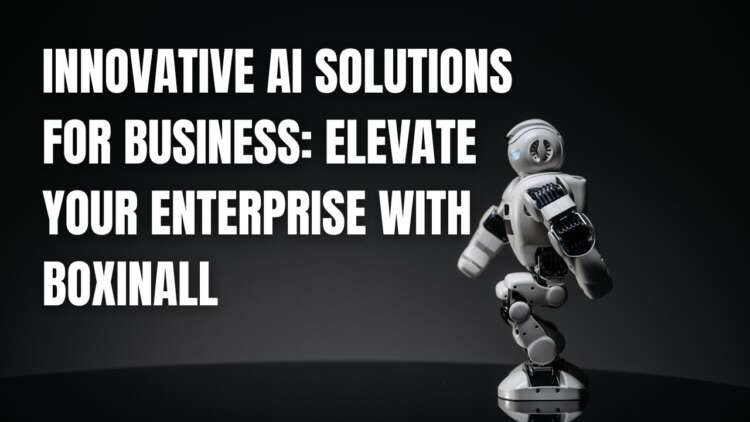In a world obsessed with trends, tech stacks, and templates, it’s easy to forget the most important part of any design: people. Human-centered design (HCD) flips the script on traditional design methods. Instead of starting with what looks good or what’s technically possible, it starts with what’s meaningful and useful to real people.
Let’s explore why this people-first approach matters more than ever — and how it can completely transform your design, product, and brand.
So, What Is Human-Centered Design Exactly?
Human-centered design is a creative approach to problem-solving that begins with understanding the people you’re designing for and ends with tailor-made solutions that truly meet their needs.
It’s not just about making things look “pretty.” It’s about empathy, iteration, and real-world impact. It’s a mindset — and a process — that prioritizes people over pixels at every step.
Why Does It Matter?
1. Real User Insights = Better Solutions
Designing with actual users in mind — their goals, frustrations, habits, and needs — leads to smarter, more relevant products. You’re not guessing. You’re solving real problems with real data.
2. Reduces Wasted Resources
When you understand your users early, you cut down on costly revisions later. No more endless redesigns or abandoned features. You build what’s needed — not what you think is needed.
3. Builds Trust and Loyalty
Products that are intuitive, inclusive, and genuinely useful create emotional connections. When users feel seen and heard, they come back. Again and again.
How It Works
Here’s how human-centered design typically plays out in action:
1. Empathize With Users
Start by getting into your users’ shoes. Conduct interviews, surveys, shadowing — whatever it takes to understand their world, challenges, and desires.
2. Define the Real Problem
Analyze what you’ve learned to pinpoint the actual problem worth solving. Hint: It’s often not what you initially assumed.
3. Ideate Creative Solutions
With the problem clear, brainstorm wildly. Encourage out-of-the-box thinking without limits — quantity over quality, at least at this stage.
4. Prototype Quickly
Bring your ideas to life — fast. Build simple, scrappy versions of your solution so you can put it in front of users for early feedback.
5. Test, Learn, and Refine
Let users interact with your prototype. Watch what works and what doesn’t. Then tweak, test again, and improve. It’s an ongoing loop, not a one-time task.
Authentic Brands Using Human-Centered Design (And Crushing It)
- Airbnb: They redefined travel by designing around human connection and comfort. Their design teams even live in listings to better understand hosts and guests.
- IDEO: One of the pioneers of human-centered design, they’ve helped reinvent everything from school systems to medical devices by focusing on empathy.
- Spotify: Through personalization and user testing, they’ve created an interface and experience that adapts to how you listen — not the other way around.
- Apple: From their accessibility features to the intuitive iPhone UI, Apple has long been a champion of making tech human.
The Business Case for Putting People First
Human-centered design isn’t just good for users — it’s a smart move for your bottom line.
Improves Market Fit
When your product is designed around what real people want and need, it’s more likely to succeed in the market. No need for expensive pivots down the road.
Boosts Revenue and Retention
User-friendly products convert better, retain users longer, and create word-of-mouth advocates. Happy users are your best marketing channel.
Reduces Risk
Understanding your audience before building reduces the chance of launching something that flops. Data and empathy reduce guesswork — and therefore, risk.
Final Thoughts
Human-centered design isn’t a trend. It’s a philosophy that reminds us that behind every screen tap, scroll, and click is a person — not a persona.
By putting people before pixels, we not only create better designs, but also stronger connections, smarter businesses, and more meaningful experiences.
It’s not just good design. It’s the right design.


